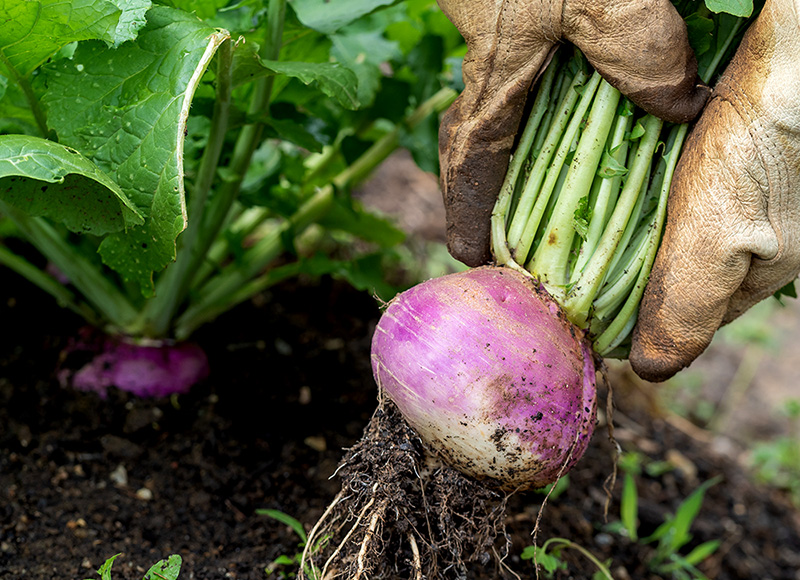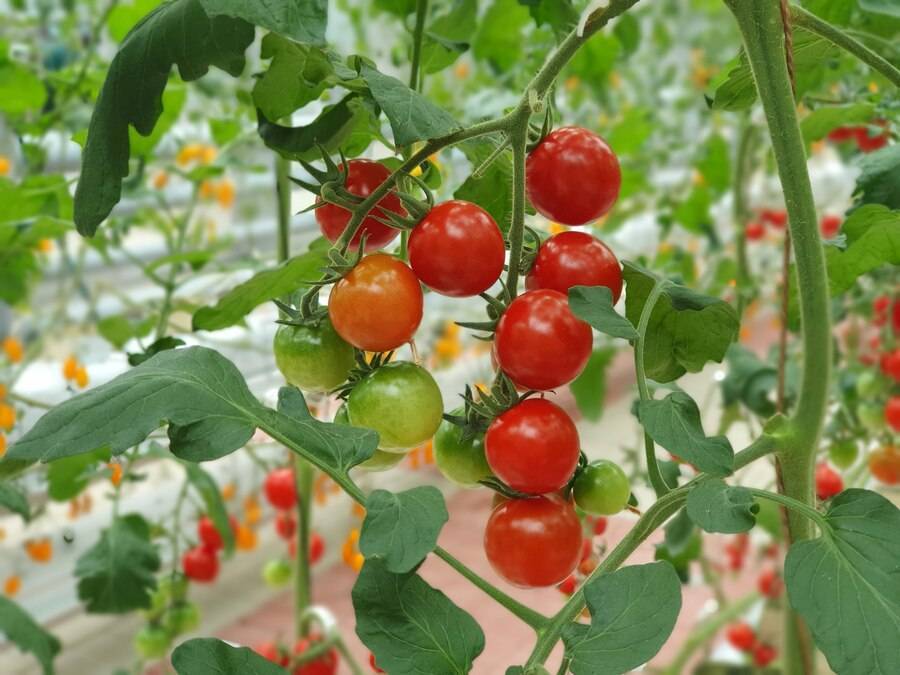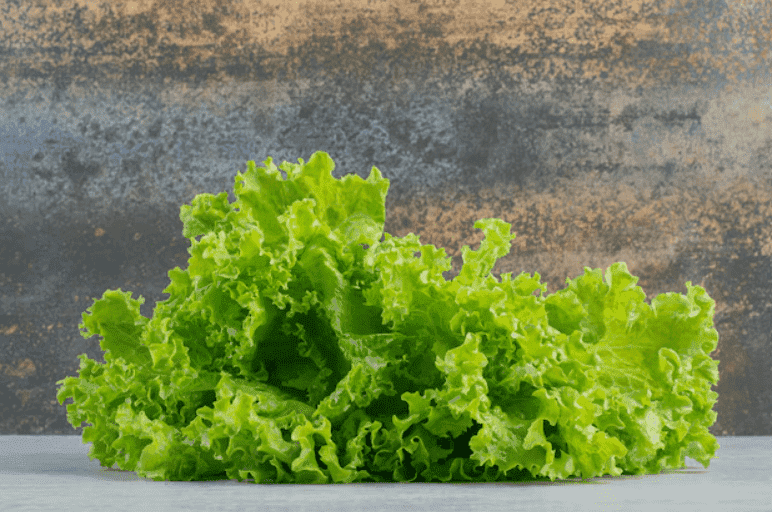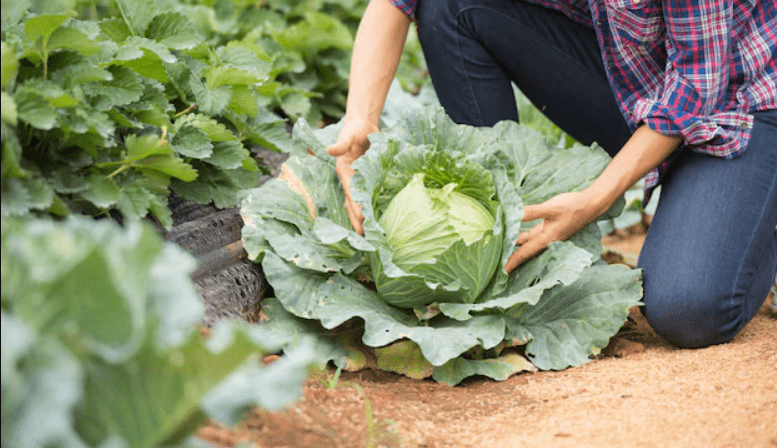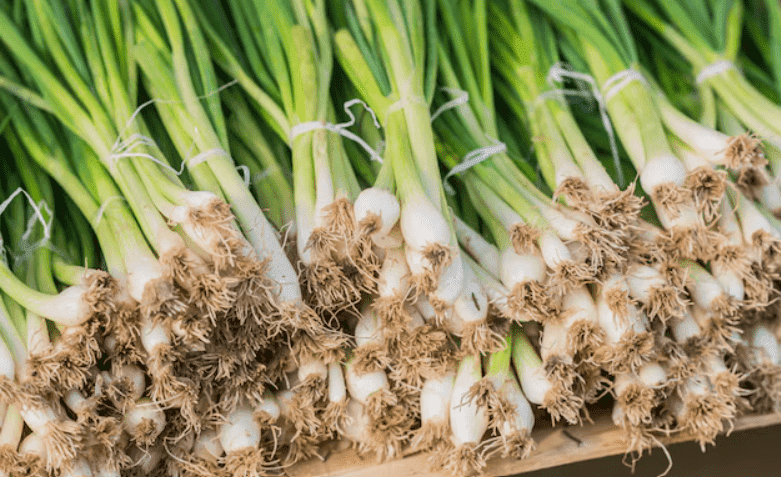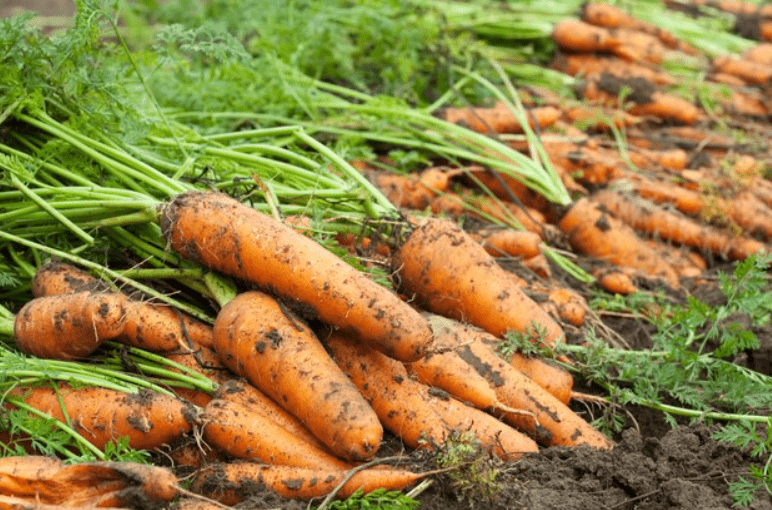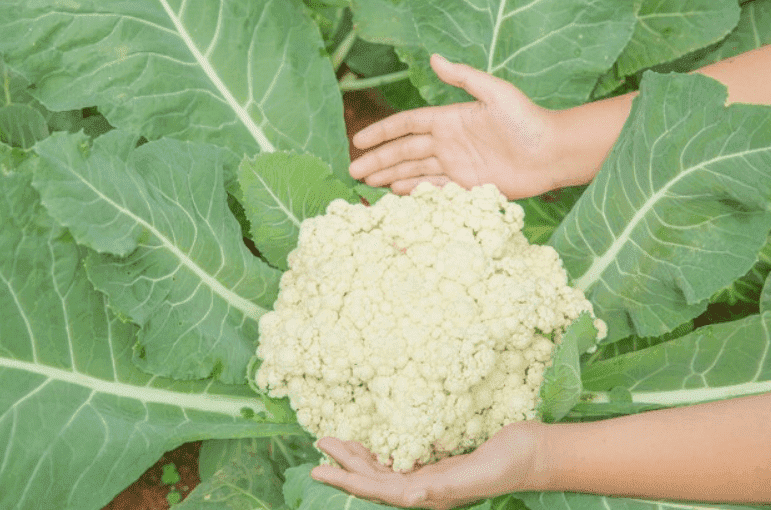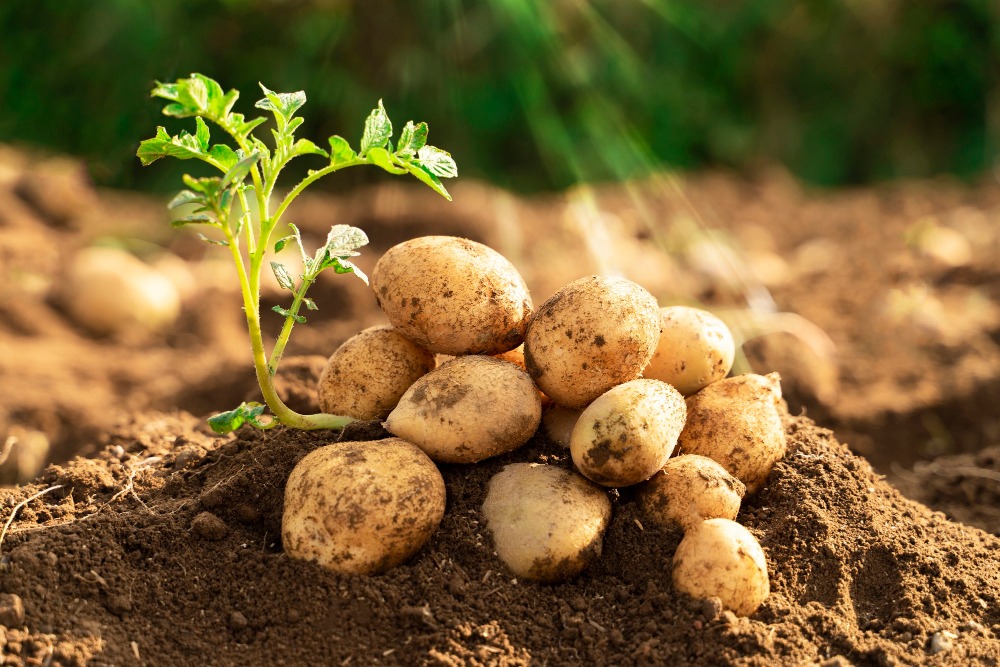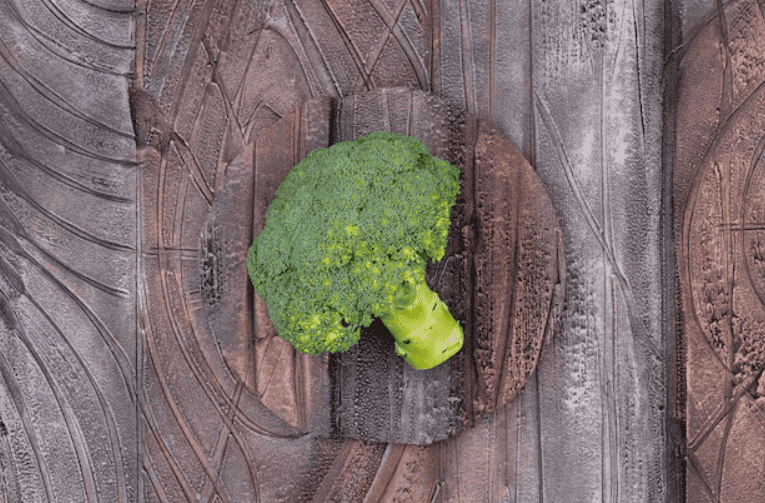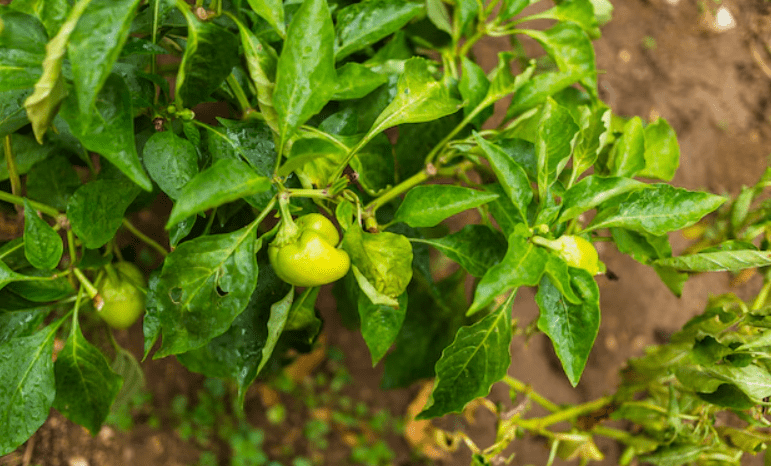Turnips are a quick and simple root vegetable to grow. They are closely related to cabbage, broccoli, and other members of the brassica family. Although often considered plain or old-fashioned, this classic vegetable is experiencing a resurgence in popularity, especially among home gardeners.
There’s a wide variety of turnips to choose from, with differences in both size and color. You’ll find them in shades of white, yellow, green, and purple. Some types stay small, about the size of a golf ball, while others are better picked when they reach tennis ball size.
Turnips grow well in most parts of the world. In cooler regions, they can be planted from August through March. In warmer zones, avoid sowing during the peak of summer. Instead, plant in late summer, early autumn, or even spring. Depending on the variety, turnips are ready to harvest in about 5 to 12 weeks, and both the leafy tops and roots are edible.
Young turnip greens can be used like baby spinach. Older leaves are better suited for slow-cooked meals like soups and stews. As for the root, it can be eaten raw, roasted, steamed, or simmered in hearty recipes.
Table of Contents
Toggle5 Steps to Grow Turnips
- Select a sunny spot where no other brassicas (such as broccoli, cabbage, or cauliflower) have been recently grown. Practicing crop rotation helps minimize the risk of soil-borne diseases that often affect brassica plants.
- Prepare the soil by mixing in compost. Work it through the top 10–20 cm of soil, breaking up any clumps as you go.
- Sow turnip seeds directly into damp, well-prepared soil at a depth of 5 mm. Keep the soil damp (not soggy) until the seeds sprout within 7 to 10 days.
- Depending on the variety, some turnips can be ready to pick just 35–40 days after sowing when they’re about golf ball-sized. Others may require 10 to 12 weeks to reach full maturity.
- Slugs and snails often target young turnip seedlings. Protect your plants by setting up shallow dishes of beer around your garden.
Soil Prep
When learning how to grow turnips, start by selecting a sunny location where you haven’t recently grown another brassica crop, such as cabbage or broccoli. Planting brassicas back-to-back can lead to a buildup of soil-borne diseases these vegetables are prone to. Turnips make an excellent follow-up crop after harvesting tomatoes, corn, or beans.
Before planting, mix organic compost into the top 10 to 20 cm of soil to improve fertility and structure. Be sure to water the soil or potting mix beforehand so it’s evenly damp but not soaked.
How to Grow Turnips from Seeds
Turnips are most commonly started from seed, which is easily available at nurseries and garden centers. Sow the seeds directly into the garden where you want the plants to grow, placing them about 5 mm deep and leaving 7 to 10 cm between each one. Seeds sprout in 7 to 10 days if you’ve sown them too closely. Thin the seedlings after germination to give each plant enough room.
Once the seedlings reach a height of about 10 to 15 cm, feed them with a light sprinkle of organic matter. Spread a layer of mulch to maintain soil moisture and reduce weed growth.
How to Grow Turnips in Pots
Turnips grow well in medium to large containers that are at least 40 cm deep and equally wide. Fill the pot with Organic potting mix and water it lightly to moisten the mix. Sow the seeds about 5 mm deep and space them roughly 7 cm apart. If you’ve scattered them more closely, thin the seedlings once they sprout, usually within 7 to 10 days.
Once the seedlings grow to a height of 10 to 15 cm, apply a light dose of organic fertilizer to the surface of the potting mix. Finish by adding a layer of mulch around the young plants to help hold moisture and reduce weed growth.
Harvesting
Harvest times vary depending on the turnip variety, but you can start picking some as early as 35 days after sowing. Most types are ready between 6 to 10 weeks after planting. For the best flavor and texture, harvest the roots before the plant begins to flower. Once flowering starts, the roots tend to become woody and less pleasant to eat.
You can also enjoy the leafy greens while waiting for the roots to mature. Just be careful not to remove more than half of the leaves from a single plant at once, as doing so can slow down root development.
Pests & Diseases
Slugs and snails can do serious harm to young turnip seedlings, especially during the early growth stages. To keep your crop safe, set out beer traps. Shallow containers filled with beer help to lure and trap these pests.

